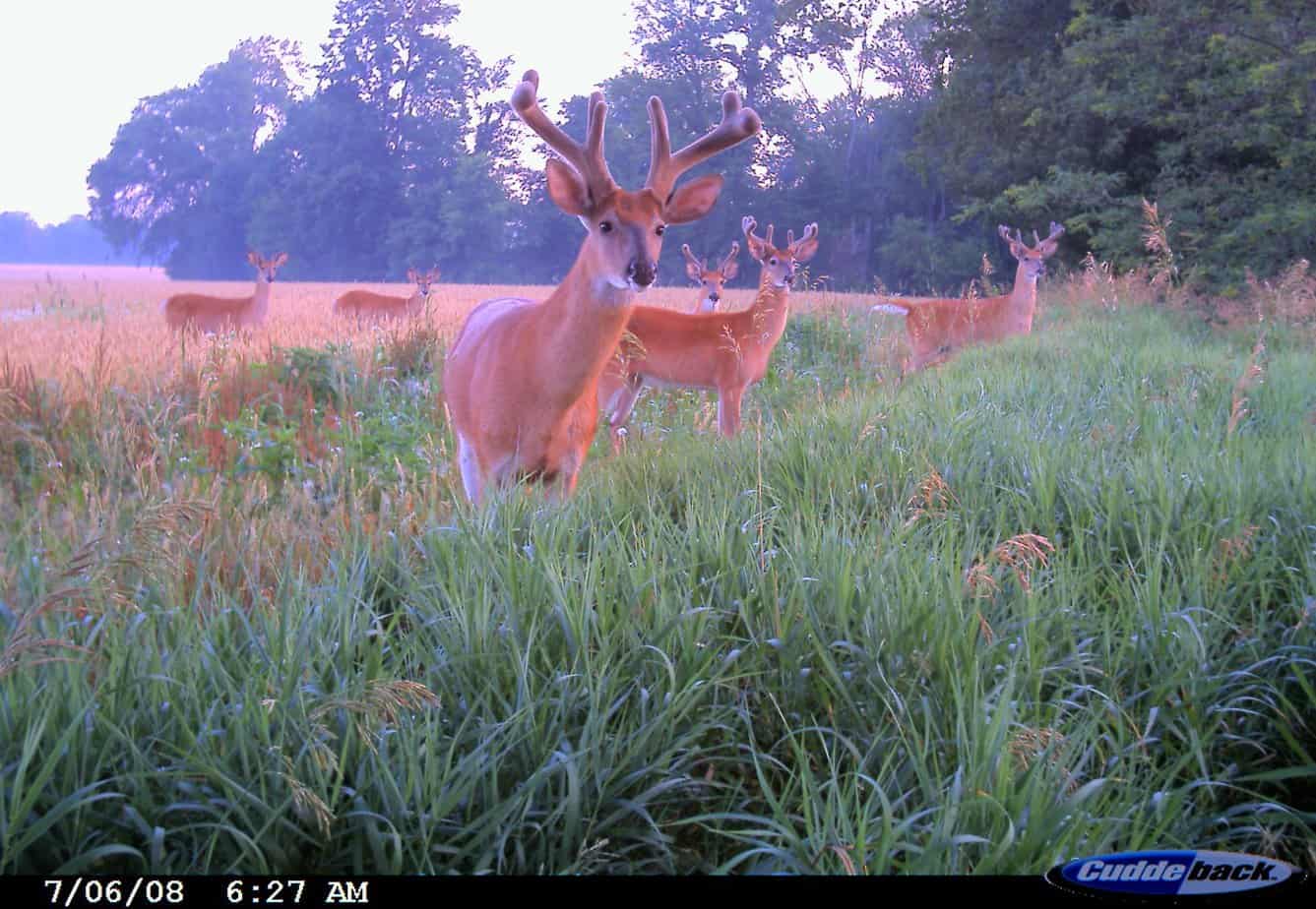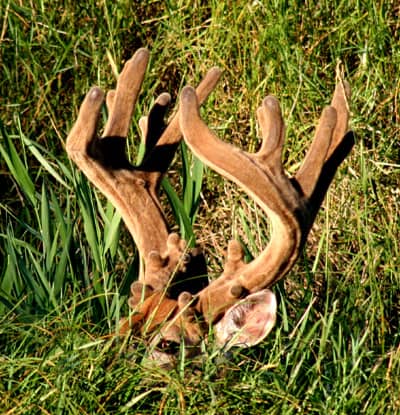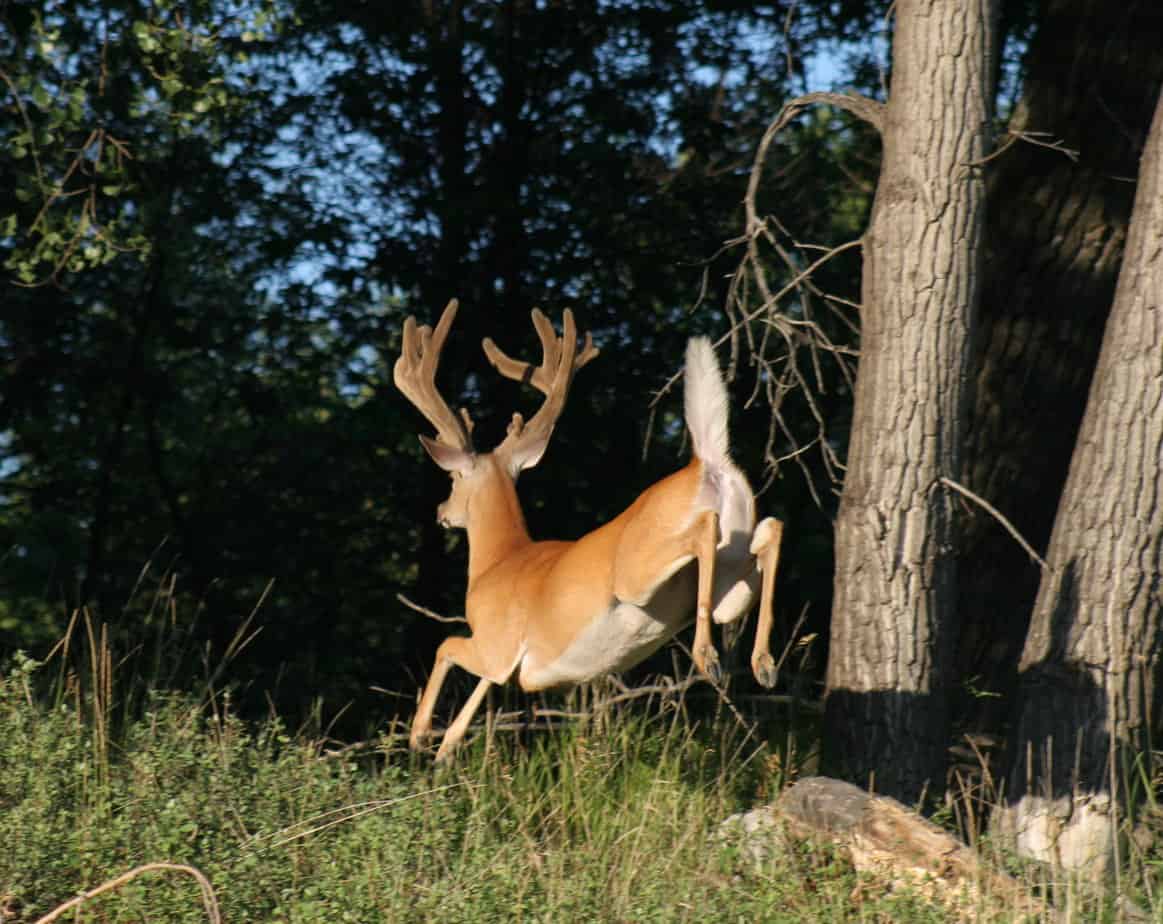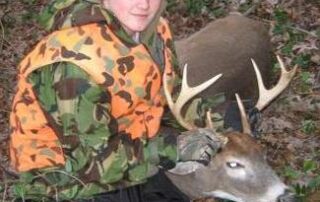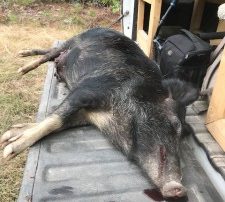Shoot A Big Buck On Opening Day
The first days of your bow season in September or October are second only to the November rut for best time to kill a big deer. Right now, the bucks have not been pressured for a year; they’re using small home ranges; and they’re walking predictable bed-to-feed patterns. A gnarly 8- or 10-pointer might be in your future if bowhunt hard and smart in a few weeks. Food is the Key Hang a couple of tree stands on the edge of alfalfa, corn or beans where you’ve been seeing some bucks come to pig out the past few weeks. You have been scouting and glassing right? If not, get out there. You’ve still got time. Watch a field from several [...]

